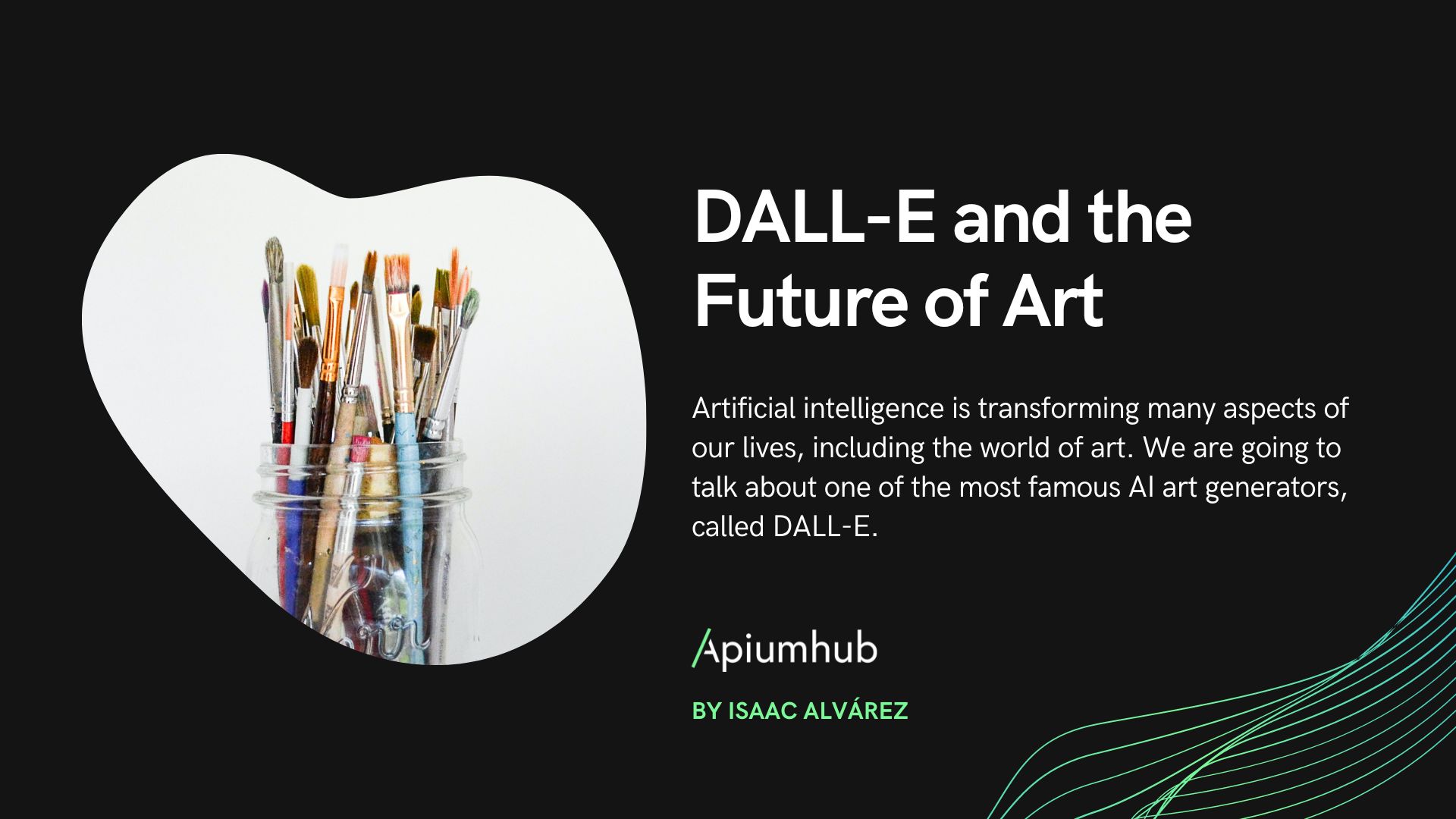Table of Contents
In the field of artificial intelligence applied to artistic generation, we witnessed a significant milestone with the launch of the latest version of a platform that redefines the boundaries of digital creativity, Midjourney V5. This advanced iteration represents a major leap forward in terms of realism and expressiveness, successfully tackling complex challenges such as the representation of human hands and emotions, as well as incorporating remarkable additional functionalities.
In this article, we will take a close look at the impact of this art-generating AI, exploring how its ability to reach levels of perfection challenges traditional perceptions of human creativity.
Midjourney V5
The latest incarnation of Midjourney, known as Midjourney V5, marks a milestone in the evolution of this art-generating artificial intelligence. Its creators have enthusiastically announced a number of notable enhancements that promise to take image quality and versatility to new levels. These enhancements include substantially improved image quality, a wider range of styles, exceptional support for textures and expanded image formats, as well as greater accuracy in interpreting user-provided cues.
One of the highlights of Midjourney V5 is its ability to produce considerably more realistic and detailed representations of hands, eliminating errors that were evident in previous versions. The detail fidelity of the images has reached an astonishing level, making it increasingly difficult to distinguish between a Midjourney-generated image and a real photograph. This is largely due to the implementation of new algorithms and neural network architectures, as well as the adoption of innovative aesthetic techniques.
Another highly relevant enhancement is the ability of Midjourney V5 to address a wide variety of styles and textures in the generated images. This means that users must pay even more meticulous attention to the specificity of their prompts, as the AI’s sensitivity to text input demands a precise description of what is intended to be displayed. In this regard, shorter prompts may not be as effective as they were in previous versions due to the AI’s increased comprehensiveness.
In addition, Midjourney V5 has expanded its ability to generate images with more varied aspect ratios and higher dynamic range, providing greater versatility in creating visual content. Improved image generation in response to specific prompts, such as creating layouts in specific formats or making borders and image patterns, is also a significant advance.
This new iteration represents a significant step forward in the world of artificial intelligence art generation and promises to further challenge the limits of digital creativity.
If you want to see images created by millions of users and understand what we are talking about, just sign up with your Discord user at this link and you will be able to see all kinds of images made with the new version of Midjourney.
Finally, I leave you a link with all the documentation on how to use it.

Niji, a model for anime lovers
The new version has also brought us another very interesting model called Niji. In this case, it is presented as an innovative artificial intelligence model aimed at generating anime and manga-style images. The choice of the name “Niji”, pronounced as “nee-gee” and meaning “rainbow” in Japanese, suggests the promise of creating visually spectacular works, as shown in the examples below.
Like its counterpart, Midjourney, to access Niji, users must go to the official Discord channel designated for this experience. Interaction with this model is done through specific commands, with “/settings” being the starting point. Upon executing this command, a dialog will be displayed offering various default settings, allowing users to customize their experience with just a couple of clicks. To dive into the world of anime-style art, simply select the “Niji” option.

Niji is profiled as an experimental artificial intelligence algorithm with a particular focus on generating artwork in the style characteristic of manga and anime. Despite its apparent simplicity, obtaining consistent results in this sphere is a more arduous challenge than first impressions might suggest.
It is important to note that this mode is largely conceived as a stand-alone algorithm and, like other versions of Midjourney, may incorporate additional experimental functions in the future.
Users must be prepared to tackle the challenge of expressing their desires in a precise and detailed way to obtain satisfactory results in the field of manga and anime art. Below you can see a couple of images we have made with this new model.


Here is the official documentation for you to learn a little more about this new model.
Conclusion
The latest version of this art-generating artificial intelligence represents a significant milestone in the evolution of digital creativity and artificial intelligence. Its ability to tackle complex challenges such as rendering human hands and emotions, as well as adding new functionality, has raised the bar for what is possible in the world of automated art generation.
This advancement leads us to reflect on the limits of human creativity and how technology is converging with the imagination in ways we could only imagine before. As this AI continues to refine and improve, it is plausible that it will play an increasingly relevant role in artistic creation, collaborating with human artists to expand their creative horizons.
Ultimately, this new iteration of art-generating AI invites us to contemplate a future in which technology and creativity merge synergistically, shaping a new era in artistic expression and challenging our conventional notions of artistic creation. The convergence of imagination and technology is constantly evolving, and this artificial intelligence is a living testament to that exciting progress.
Author
-

I consider myself a proactive, responsible, understandable person who works well in a team. In my work I need challenges and be constantly learning. I want to grow personally and professionally.
View all posts









